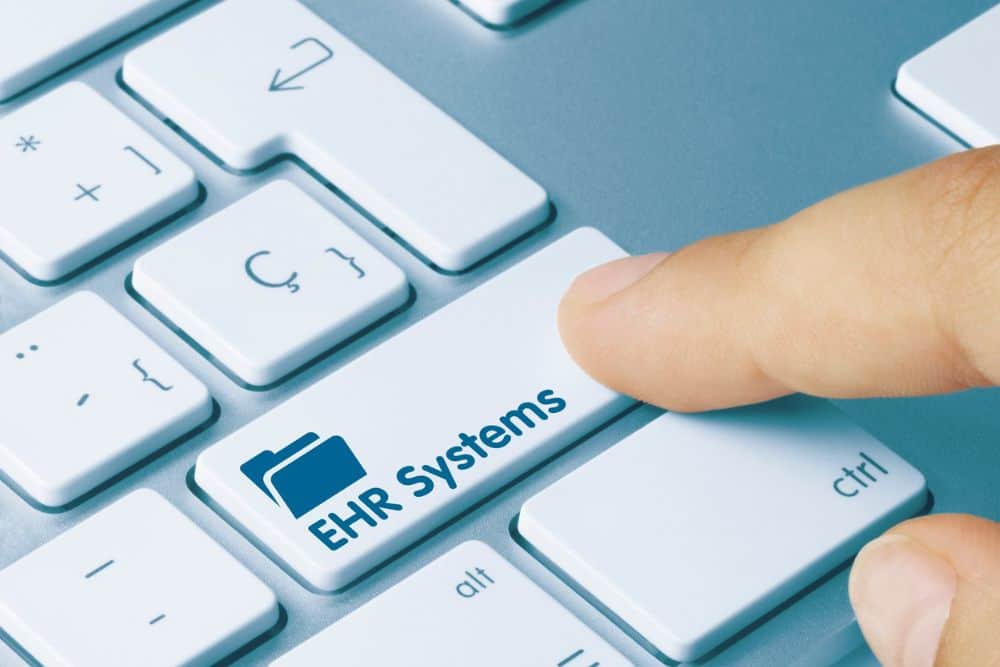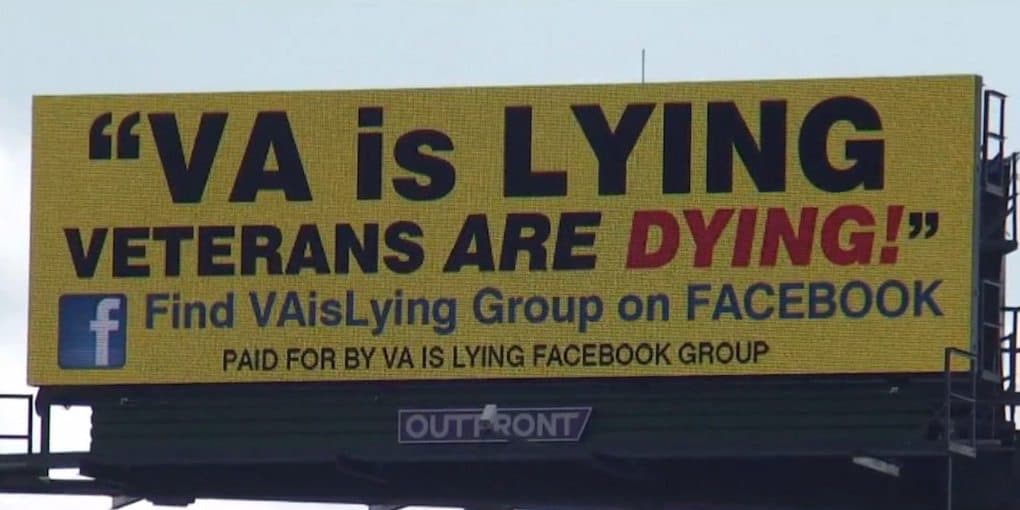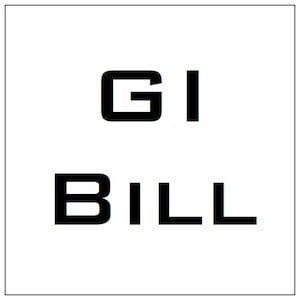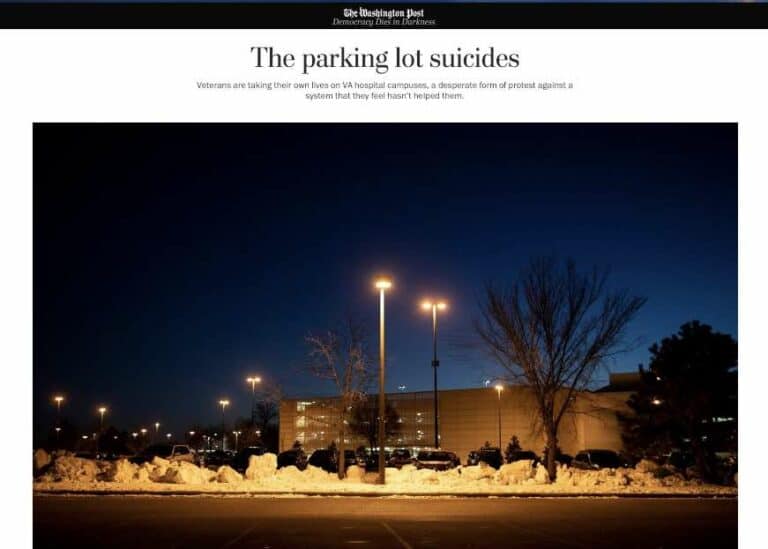VA/DOD Medical Facility Initiates New Electronic Health Records System
The Captain James A. Lovell Federal Health Care Center in Illinois recently marked a pivotal moment as it fully transitioned to a new electronic health records system, a joint effort between the military and the Department of Veterans Affairs (VA). This step signifies the center’s position as the last Defense Department medical facility and the first VA site in nearly two years to implement the controversial system, following the VA’s suspension of new deployments due to severe concerns about staff readiness and system efficiency.
Safety and System Preparedness
The rollout at Lovell FHCC has not been without its critics, as recent debates and concerns from lawmakers and veteran advocates have cast a shadow over the proceedings. These concerns have focused on whether the VA has effectively rectified past mistakes to ensure the safety and security of patient information. Neil Evans, the acting director of VA’s Electronic Health Record Modernization Integration Office, remains optimistic, asserting the system’s potential to enhance rather than compromise patient safety, despite the surrounding controversy.
A Troubled Past: Ongoing Issues and Setbacks
The joint VA and Defense Department health records initiative, announced in 2017, has faced a series of challenges, from technical glitches to widespread dissatisfaction among VA staff, leading to heightened scrutiny over the project’s management and execution. The persistent issues prompted a halt on all future system deployments after only a limited number of installations, raising questions about the viability of the VA’s extensive contract with Oracle Cerner and the future of the project.
Comparative Success and VA Struggles
Contrasting the VA’s problematic journey, the Defense Department has experienced a relatively smoother rollout of its version of the system, MHS Genesis. However, the shared endeavor at the Illinois facility, unique for its dual VA and Defense Department operation, is a significant test in addressing the needs of a large and diverse patient base. The endeavor aims to streamline patient care but introduces the challenge of managing dual health records for some patients, potentially complicating an already complex medical care landscape.
Looking Forward: The Path Ahead for VA’s Record Modernization
As the VA moves forward with its modernization efforts, all eyes are on how it will navigate the myriad challenges presented by the new electronic health records system. The primary focus remains on ensuring that these changes will lead to improved care for veterans without introducing new complications or risks, setting a precedent for how future deployments might be managed across the nation’s VA healthcare system.
Frequently Asked Questions
What is an electronic health records system?
An electronic health records (EHR) system digitally stores patient health information, including medical history, treatments, and health trends. It allows for secure, immediate access by healthcare providers, facilitating improved patient care and communication.
What is the purpose of the new EHR system at VA facilities?
The new system aims to unify health records for service members and veterans across VA and Defense Department facilities, improving healthcare delivery and provider communication.
Why was the rollout of the new system paused?
The VA paused the rollout due to concerns over staff training, system readiness, and patient safety, after identifying issues at initial deployment sites.
How does the new system affect veterans receiving care?
Veterans might notice changes in how their records are managed and could face challenges, such as dealing with dual health records. The VA aims to ensure a smooth transition and minimize disruptions.
What are the benefits of the new EHR system?
Benefits include improved record accuracy, better care coordination, faster access to health information, and enhanced treatment effectiveness.
How is the VA addressing rollout concerns and problems?
The VA is enhancing staff training, refining the system’s functionalities, and conducting reviews for patient safety, while also engaging with stakeholders for transparency and accountability.






Wouldn’t trust them to even have my phone number. It’s bad enough that they know where I own a home, but I get benefits though VBA and I’ve been to VHA so unfortunately they know my address. If I could turn back time. If I could find a way.